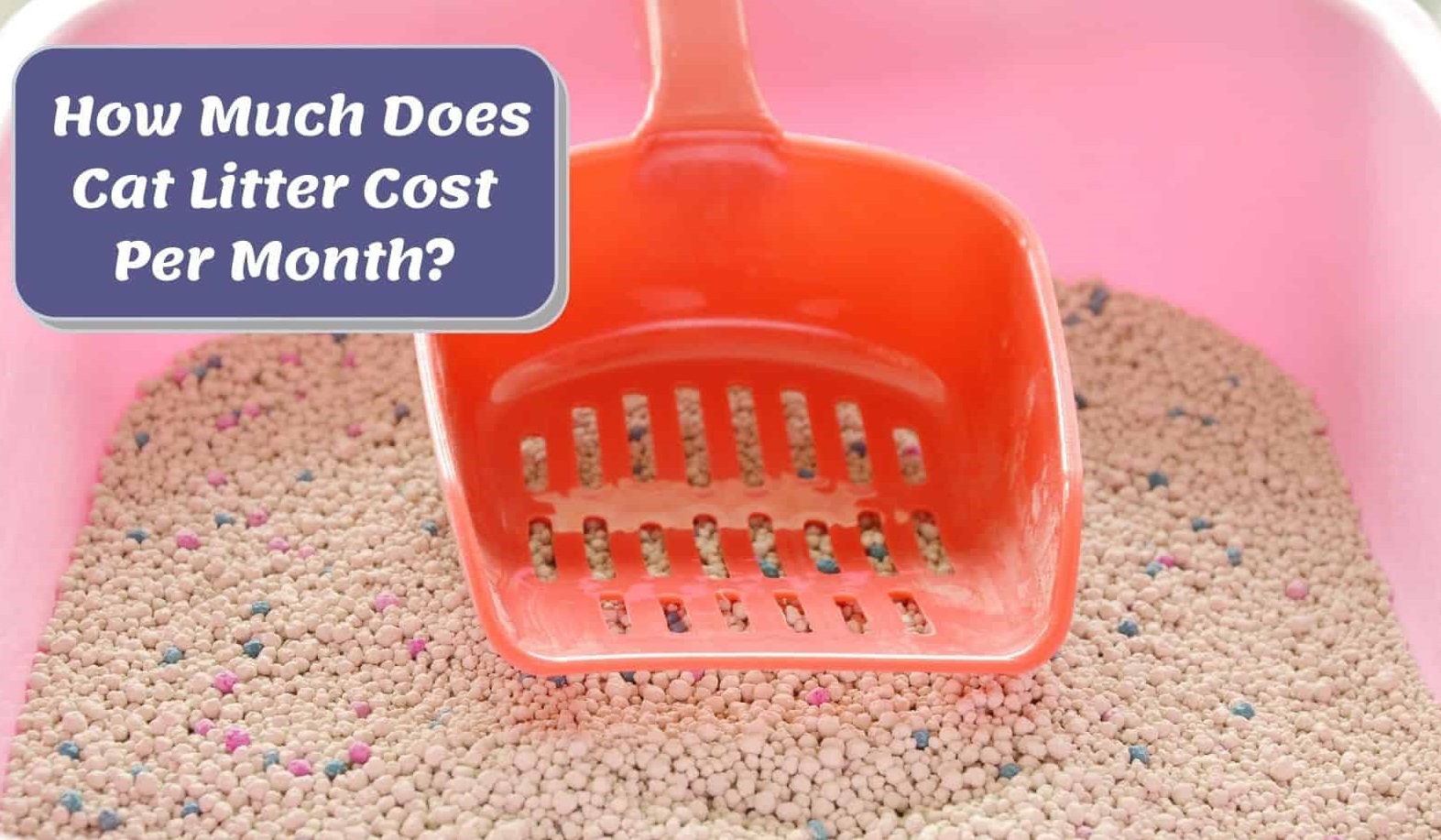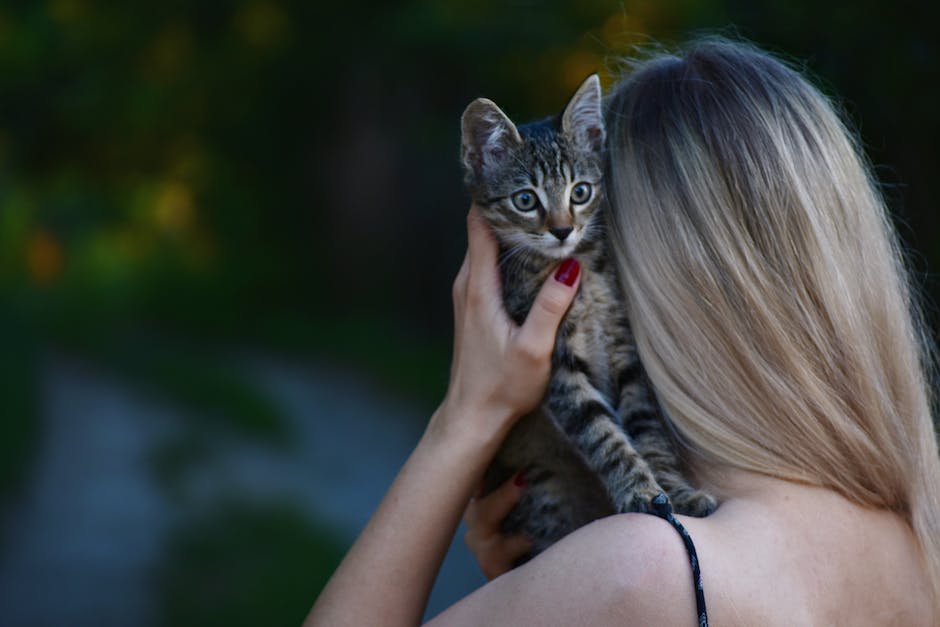As with any pet, determining how much cat litter to buy is dependent upon your situation. Having enough cat box powder for your cat(s) will vary depending on whether they use paper or plastic boxes as their waste receptacles,
How active your cats are, and how big of an area you have to place the trash can.
For most owners, buying too much cat box powder is not a problem unless your cat decides he/she does not like the type of litter she/he uses and begins refusing to use it.
In this case, try switching out the litter so that your dog learns the correct amount.
If your dog has different levels of interest in the litter, then you should buy less than what his/her stomach tells him/her it wants. Luckily, you can usually find discounts and coupons online and at stores for cat litter!
There are also times when a new batch of litter is marketed as being better than the old one, making it possible to save money by changing brands.
Doing some research and reading reviews may help you determine if such a claim is true for your kitty.
Buy enough cat litter
Many people begin using clumping or non-clumping cat litter. Once their cat is showing signs of having to go to the luffle.
But, before that happens, cats need to be able to access all parts of the product to feel comfortable doing so.
Some products are either too thick or not designed to allow this.
Thick cat liters do not break down which may cause health issues for your cat later. If your cat gets sick soon after changing his/her litter, such as diarrhea, vomiting, etc.
Check the Cat litter box for globs of thick litter.
Non-clumping liters can pose a problem later if the cat uses them in a vacant area of the home where no solid surface exists to help bind the waste. The garbage will stick to this new layer of litter, requiring more frequent cleanup.
So how much litter per month should you have? That depends on both your cat and on what kind of surfaces she uses the litter on!
Surfaces like carpet and hard floors need less litter than porous surfaces like tile and wood. Porous surfaces can sometimes absorb some of the litter, helping to prevent stuck poo.
It also helps if you use a scoop-type litter trashier instead of trying to push the whole amount through a hole at one time.
Store it in a sealed container
The best way to measure your cat’s litter box is by measuring how much litter there is. There are two main ways to do this:
using a bag full of dried kitty poop as a gauge or buying a digital scale that works with both wet and dry materials.
A standard cup size for a kiddie pool (the size of most average cat boxes) will work well enough if you use the first method.
If you have a bigger dog who leaves some poo behind, then you can usually find one made large enough for their waste.
The important thing to remember when counting kibble is whether it has mixed into the water! Some brands add an acidifier to prevent clumping. It means they don’t weigh down the sifting process.
Mix enough cat litter with water
The amount of cat box waste you have to deal with depends on how much cat litter you use and the size of your trash can or bin.
If you run out of litter, you can usually find a discount site where you can buy more for very cheap!
Most experts agree that a standard level maintenance schedule is one scoop per week. Sunday being the most common day.
Know how to use cat litter
Changing your kitty’s bedding is an easy way to keep their health up and ensure they are happy and comfortable. Unfortunately, not all types of clitties work for every type of cat!
Cat owners often get confused about what kind of cat litter to buy. It can be tricky figuring out which one is best for your feline friend. Many different brands claim to have the “best” clitemaker.
Most veterinary clinics will tell you that whatever brand of box-shaped litter they recommend is the most popular in their area. This may be because it is more available or because it is marketed as being better than other types.
You should do some research before buying though, make sure it is safe for your cat!
The price difference between various types of clitemakers can add up. So it is important to know what each one does. Some say white clitemitters help cover waste better. Whereas others say colored ones are healthier for them.
Always vacuum up after using cat litter
While some people suggest changing your kitty’s bed every three months. We recommend sticking with monthly changes.
That way, there is not as much exposure to other types of litter. It could be harmful to your feline friend or you if you are also allergic.
We also do not recommend ever putting new litter in the same container as old litter. Because it can stick to each other and create too much pressure. It cause cracks in the pan or even popcorn-style clumps.
This could lead to poor odor control or worse, poisoning!
A better option is to buy a second box of litter at the same time as your current only switch out when the empty one reaches its end date.
You should also make sure that the new litter is labeled as being non-poisonous and washable like the last batch was. Some brands cannot be washed and will cause health issues for your cat.
Let it dry out naturally
The best way to manage your litter box is by letting it run its course. Do not disturb the clinker until it has dried down completely, around an hour or so depending on the climate.
Most cats will go through three stages of lapping behavior.
Stage one is grooming the surface of the litter. This can include licking, scratching, or both.
The second stage is when the cat uses the litter as a washroom. They may try to ingest some bits or possibly even urinate in them.
At this stage, some cats will move onto the third stage where they eat the litter.
Never force your cat to use dirty litter trays. This could result in health issues such as diarrhea, vomiting, or stomach pains.
It is also important to remember that using too much litter can be harmful to your kitty. Overdosing on cat litter can cause dehydration, digestive problems, or respiratory distress.
Flush it with water
The best way to manage your litter box is by changing the litter you use and how much of it you have. If you are using too much litter, try using less of it or even no litter at all!
Throwing away old cat waste can also help save money in the long run. There are many ways to take care of the trash when it’s finished.
Many people put their garbage in bags that they either bring to a dump site or have someone else take it for them.
You should always wash your hands after handling the trash or recycling material. This cuts down on disease exposure from dirtying the rubbish. When washing your hands, make sure to scrub properly to prevent spreading any germs.
If you do decide to keep the plastic bag, don’t throw it away until you’ve checked out what kind of chemicals may be leaking into our environment.
Fortunately, there are some great alternative types of litter available. These products are made of recycled materials and contain no additives.
This article has inspired you to start looking into more sustainable alternatives to traditional litter.
Do not use the cat litter and then put down dried cat poop
The second major factor to consider is how much of each chemical component you need per month to keep your home free of odor.
Cat owners usually complain about their kitty’s smell, but few know what kind of chemicals are needed to drop it.
That is why most commercial clits have a warning label telling people not to add more than the recommended amount. Because it could make the problem worse!
Too much dry litter can cause your kitties to over-compensate by producing even stronger smells. This could create an excess of odors that are harder to get rid of!
By keeping an eye on how much cat litter you’re using, you will be able to determine whether this product works for you or if you should look into alternatives.





